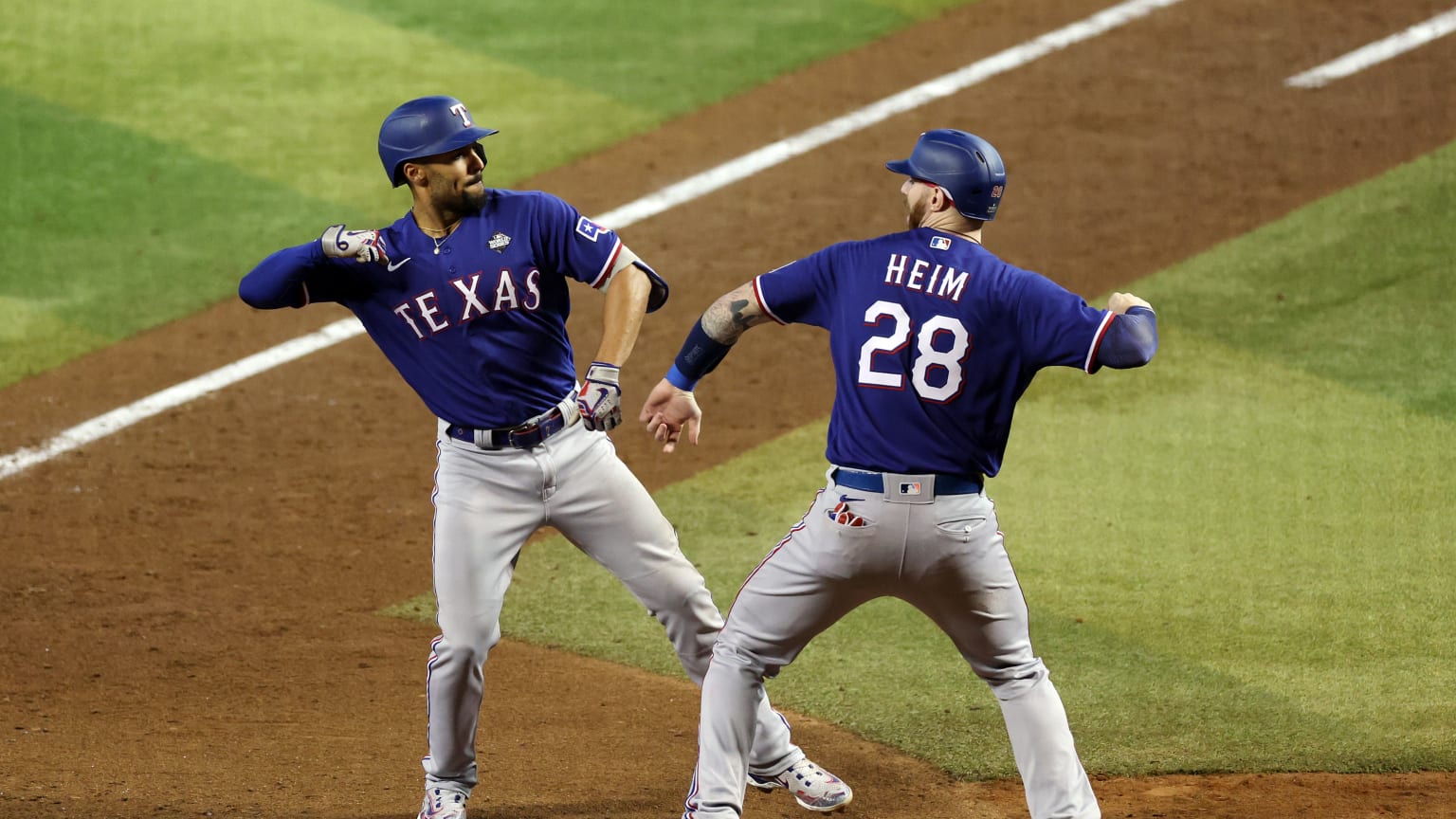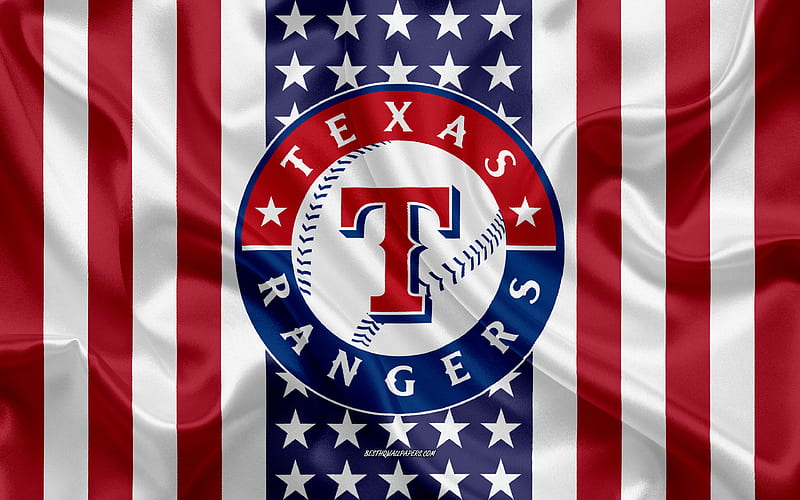The MLB Joint Competition Committee has suggested numerous significant modifications to the game ahead of the upcoming season.
Is baseball’s most contentious regulation likely to expire?
I reported last year at this time about the MLB Joint Competition Committee’s investigation of streamlining or doing away with the running lane to first base.
The committee has now formally submitted a proposal, which has begun the mandatory 45-day review process. Though not the lane itself, we might have seen the end of the running lane rule as we know it by Christmas.
Bewildered? That is the essence of the running lane, a source of debate and misunderstanding for managers, players, and umpires alike for a century.
Bill Miller, a seasoned umpire on the committee, proposed ending the practice of allowing runners to remain in the 45-foot lane on the foul side of the first base line. The running back to home plate dirt route should be fully extended to the runner.
I’m relieved there is no longer any interpretation, as one seasoned manager stated. Grit is beneficial. Grass is not good.
Before games, the running path would still be chalked. An MLB source claims that in order to keep runners from entering foul territory too far, the lane would be necessary for the right border of the line on plays where the ball is in the foul zone, such as dropped third strikes.
The 11-member Competition Committee, which consists of six MLB representatives, four players, and one umpire, has suggested various rule modifications, the majority of which have to do with play tempo. One of those adjustments is the revised running lane.
A vote on any proposal cannot take place before the 45-day consultation period has ended. That window may be extended with the consent of MLB and the MLBPA.
Officially known as Rule 5.09(a)(1), the running lane rule declares that a runner is out if he crosses the 45-foot lane and, in the umpire’s opinion, obstructs the fielder’s ability to catch a throw. For his final stride to the base, the runner is allowed to go outside of that three-foot-wide path.
Pitcher Pete Richert of the Orioles hit pinch hitter J.C. Martin of the Mets when he was outside the lane and more than a stride from the base, ending Game 4 of the 1969 World Series. The umpires made no calls. At the time, reports stated that although the rule had been in effect for “50 years,” it was rarely enforced.
Recent running lane controversies involved Cody Bellinger in Game 4 of the 2018 World Series (not called), Trea Turner in Game 6 of the ’19 World Series (called out), and Jake Myers on June 14 (not called on a game-ending play).
The Turner and Myers calls both went against Washington manager Dave Martinez, who lashed out after the Myers noncall by saying, “They need to fix the rule. … I’m tired of it. Fix it!”
The Competition Committee was formed out of the most recent CBA negotiations. Any member of the committee or the commissioner’s office may formally propose a rule change for consideration.
Following the 45-day review period, a final vote is taken, requiring majority support to pass. Any rule change approved by the committee must be announced before the mandatory spring training reporting date for players.
The three major rule changes adopted for last season were proposed by the commissioner’s office: the pitch timer, the ban on defensive shifts, and bigger bases. The proposals passed by votes of 7–4, 7–4, and 11–0, respectively. The votes against came from the four player representatives on the committee.
Here are other key rule proposals for 2024 and my take on them:
Reduce the pitch timer for bases occupied from 20 seconds to 18 seconds.
Alright with it. It’s not as serious as it first appears to be. There is opportunity for trimming because pitchers last season delivered the ball with an average of 7.3 seconds remaining on the 20-second timer. (With the bases empty, there were 6.5 seconds left on average for the 15-second clock.)
Even though the pitch timer was quite popular last season, the pace of the games decreased as the season went on.
The game took longer on average in April (2:37) than it did in September (2:44). The new rules, which included more pitcher step-offs, batter timeouts, balls thrown out of play, etc., required the players to adjust.
MLB wants to move toward the 2:30 preferred game time, not away from it, according to its fan survey.
One significant caveat: the MLBPA has concerns about pitcher injury rates under the pitch timer. Those concerns must be met with comprehensive data.
One eventual solution might be a one-size-fits-all clock (regardless of runners). In the last month of last season, the MLB experimented with a universal 17-second clock in Triple A. It found no significant increase in violations in that small sample. In the MLB, 67% of games last season did not have a violation.
Reduce mound visits from five to four in a nine-inning game.
Fine. I’m on board with anything that puts the game more in the hands of players and keeps managers and coaches off the field. While we’re at it, please get rid of the rule that allows an uncharged mound visit every time a pinch hitter is announced.
Teams generally have only four hitters on the bench. The time to review how to pitch those four guys is in pregame meetings, not by bringing an automatic and unnecessary stop to the game. Again, let the players figure it out.
Infielders cannot block bases.
We appreciate Whit Merrifield’s sensible suggestion. This has to do with player safety. Why can’t catchers use their legs to block bases when infielders can?
The reason it’s so dangerous now is that most runners slide headfirst as a result of an unintentional replay effect (runners who arrive safe but are disqualified if their toes come into contact with the bag on a feet-first slide).
Star center fielder Luis Robert Jr. of the White Sox had a sprained wrist in 2022 after Jonathan Schoop fell headfirst and lowered his knee, putting his entire left leg in front of the bag.
One offshoot of the swipe tag-only proposal is a proposal to eliminate replay challenges of catchers blocking the plate. In some cases, umpires in the replay center were interpreting plays differently than umpires on the field.
That makes sense, says one veteran manager. “[I] just don’t want the rule to be abused by catchers. The only reason I liked [a challenge option] is because it changes the scoreboard.
Pitchers must work out of the stretch with runners on.
Not a big fan. The idea was sparked by pitchers that utilize a hybrid delivery, which combines components of the stretch and windup positions, and confusion with a runner at third base.
With two outs and a runner on third, many pitchers like the windup because it is more efficient and/or comfortable for them.
MLB shouldn’t impose laws governing a pitcher’s decision to compete, particularly in cases where the issue isn’t serious enough to require attention.




/cdn.vox-cdn.com/uploads/chorus_image/image/72565830/usa_today_21246857.0.jpg)

